Entry Category: Government and Politics
aka: Fiddle
Official State Nicknames
aka: State Nickname
Official State Nut
aka: Pecan
Official State Rock
aka: Bauxite
Official State Seal
Official State Soil
aka: Stuttgart Soil Series
Official State Songs
Official State Tree
aka: Pine Tree
Old State House
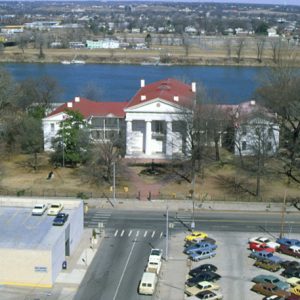 Old State House
Old State House
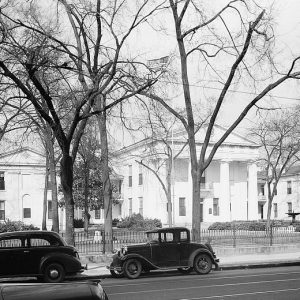 Old State House
Old State House
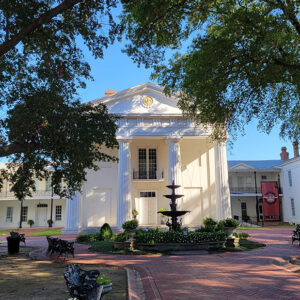 Old State House
Old State House
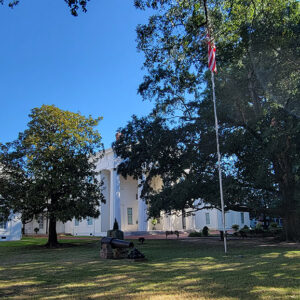 Old State House
Old State House
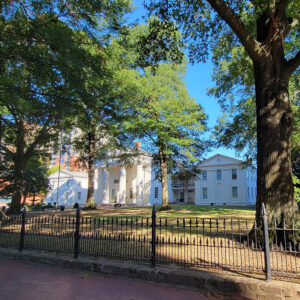 Old State House Grounds
Old State House Grounds
 Old State House Interior Hall
Old State House Interior Hall
 Old State House Museum
Old State House Museum
Oldfield, Pearl
aka: Fannie Pearl Peden Oldfield
 William A. Oldfield
William A. Oldfield
Oldfield, William Allan
Oldham, Williamson S.
 Ordnance Plant Employee Manual
Ordnance Plant Employee Manual
 Ordnance Plant I.D. Badge
Ordnance Plant I.D. Badge
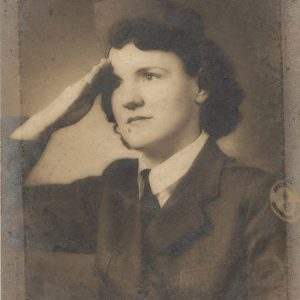 Ordnance Plant Worker
Ordnance Plant Worker
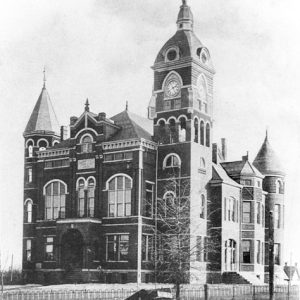 Ouachita County Courthouse
Ouachita County Courthouse
Overbey, Betty Warren
Pacaha
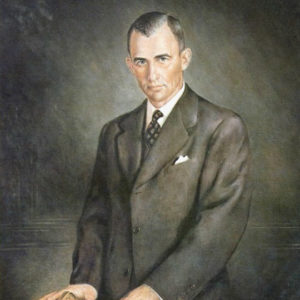 Frank Pace
Frank Pace
Pace, Frank
 Earl Page
Earl Page
 Otis Page
Otis Page
Panic of 1893
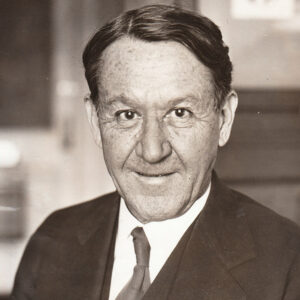 Tilman B. Parks
Tilman B. Parks
Parks, Tilman Bacon
Parks, William Pratt “Buck”
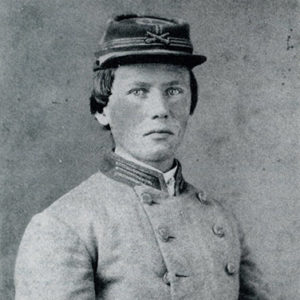 William Parks
William Parks
 William Parks
William Parks
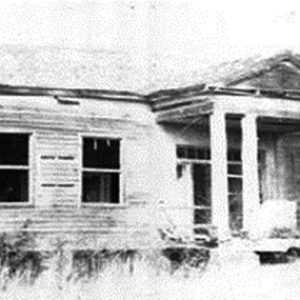 Parks-Cryer House
Parks-Cryer House
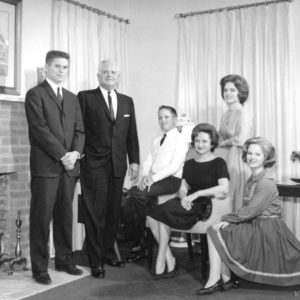 Parnell Family
Parnell Family
Parnell, Harvey
Patterson, Anne W.
 Anne W. Patterson
Anne W. Patterson
Pearce, Nicholas Bartlett
 Pecan Pie
Pecan Pie
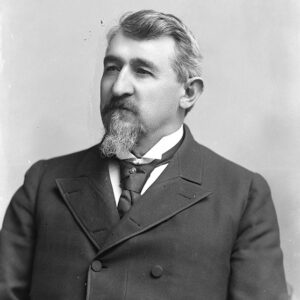 Samuel Peel
Samuel Peel
Peel, Samuel West
Perkins, George Napier
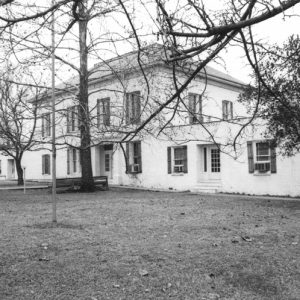 Perry County Courthouse
Perry County Courthouse
Perry County War of 1881
Petticoat Governments
 Judy Petty Badge
Judy Petty Badge




